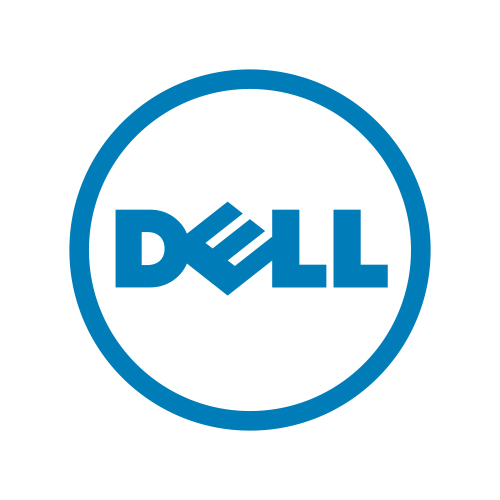In a rapidly evolving digital landscape, businesses must adopt IT strategies that not only address current challenges but also anticipate future trends. As 2025 approaches, enterprises must prioritize resilience, adaptability, and innovation in their IT planning to maintain competitiveness. This article explores key strategies to future-proof your business IT infrastructure, ensuring sustainability and growth.

Embracing Cloud Computing
Cloud computing has transformed how businesses store, manage, and access data. By 2025, reliance on cloud solutions will intensify as companies seek scalability and cost-efficiency. Migrating to cloud platforms enables organizations to reduce hardware dependency, improve data accessibility, and enhance collaboration across teams. Choosing a hybrid cloud approach offers flexibility by combining the security of private clouds with the scalability of public ones.Strengthening Cybersecurity Measures
As technology advances, so do cyber threats. Businesses must prioritize cybersecurity to protect sensitive data and maintain customer trust. Implementing robust security protocols such as multi-factor authentication, encryption, and regular software updates is essential. Additionally, investing in employee training to identify phishing attempts and other vulnerabilities can significantly reduce risks. By integrating AI-driven threat detection systems, companies can proactively identify and mitigate potential breaches.Leveraging Artificial Intelligence and Machine Learning
Artificial intelligence (AI) and machine learning (ML) are revolutionizing business operations. By 2025, these technologies will play a pivotal role in automating processes, analyzing data, and improving decision-making. Businesses can use AI to personalize customer experiences, predict market trends, and optimize supply chains. Integrating ML algorithms into IT systems enables predictive maintenance, ensuring uninterrupted operations and reducing downtime.Prioritizing Sustainable IT Practices
Sustainability is becoming a critical component of business strategies. Adopting green IT practices not only reduces environmental impact but also enhances brand reputation. Businesses can achieve this by optimizing energy consumption, recycling electronic waste, and investing in energy-efficient hardware. Cloud-based solutions also contribute to sustainability by minimizing physical infrastructure requirements and reducing carbon footprints.Enhancing Remote Work Capabilities
The shift towards remote work is here to stay, making it crucial for businesses to support flexible work environments. By 2025, IT strategies should focus on enhancing remote work capabilities through secure virtual private networks (VPNs), cloud-based collaboration tools, and remote desktop solutions. Ensuring seamless connectivity and robust security measures fosters productivity and employee satisfaction.Investing in Edge Computing
Edge computing is gaining traction as businesses require faster data processing and reduced latency. By processing data closer to its source, edge computing minimizes delays and enhances real-time decision-making. This technology is particularly beneficial for industries relying on IoT devices, such as manufacturing, healthcare, and logistics. Integrating edge computing into IT strategies ensures efficiency and responsiveness in critical operations.Adopting 5G Technology
The rollout of 5G networks is set to revolutionize connectivity, enabling faster data transfer and improved network reliability. Businesses leveraging 5G technology can enhance their digital capabilities, support IoT implementations, and improve customer experiences. By integrating 5G into IT strategies, companies can achieve higher bandwidth, reduced latency, and greater operational efficiency.






